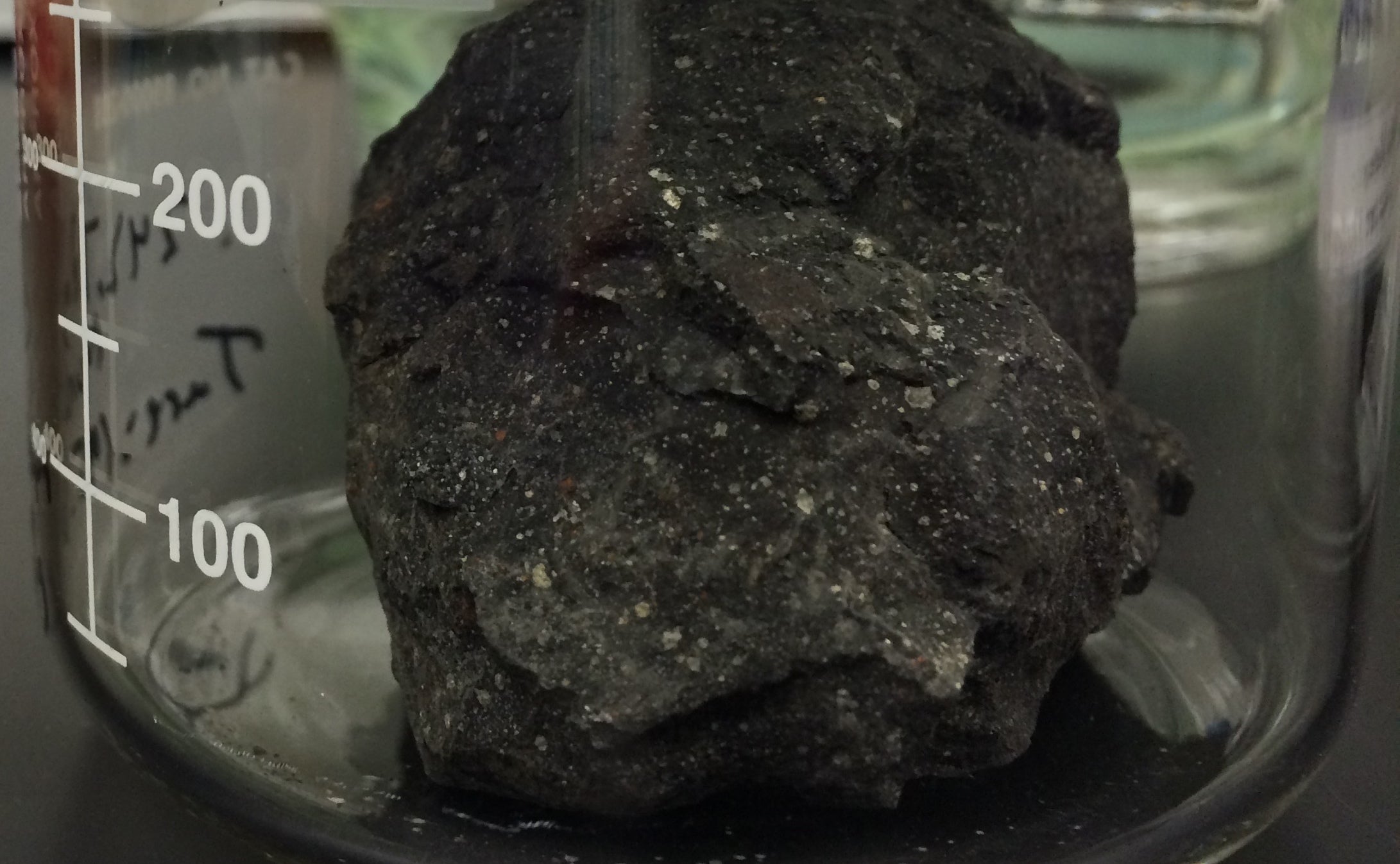Building block of organic molecules found in meteorite, marking major breakthrough in understanding the chemistry of life

Scientists have found a key building block of organic molecules in a meteorite, representing a major step in our understanding of the origins of life.
Theories had long suggested that organic compounds could form in extraterrestrial environments. But now researchers have directly observed a key organic molecule that could be then used to build other organic molecules, including those that are used to form life.
How biology was able to begin is one of the central mysteries of our understanding of the formation of life on Earth. We still do not know how non-biological chemical process could turn into biological ones, but molecules on meteorites are one of the central suspects in that development.
In the new research, scientists led by Yasuhiro Oba from Hokkaido University found a prebiotic molecule known as hexamethylenetetramine or HMT in three different meteorites.
That suggests that HMT could be a key molecule in the formation of organic compounds in space – and that it could have made its way onto Earth on the asteroids that are the parent bodies of many meteorites, they report in a new paper, ‘Extraterrestrial hexamethylenetetramine in meteorites-a precursor of prebiotic chemistry in the inner solar system’, published in Nature Communications.
They propose a story that could have seen asteroids heated up as they collided or their radioactive elements decayed. If they were hot enough and had access to liquid water, the HMT could have broken down, creating the building blocks that would themselves form important biological molecules, such as amino acids, which have already been found in meteorites.
Some amino acids are central to the formation of life: they are made into proteins, which are then central both to structures such as hair as well as the chemical reactions that power life itself.
Scientists have already found a range of organic compounds in meteorites. But it is still unclear how exactly they are able to form – researchers have suggested that HMT would be key to that process, but until now it had not been detected.
The announcement comes as Japanese scientists prepare to get their hands on the “treasure” from the country’s Hayabusa2 mission, which saw pieces of a distant asteroid captured and then brought back to Earth by a spacecraft. That capsule will be arriving in the country this week, after it dropped down in Australia.
Subscribe to Independent Premium to bookmark this article
Want to bookmark your favourite articles and stories to read or reference later? Start your Independent Premium subscription today.

Join our commenting forum
Join thought-provoking conversations, follow other Independent readers and see their replies